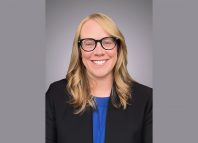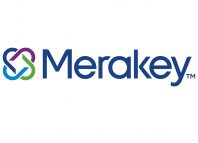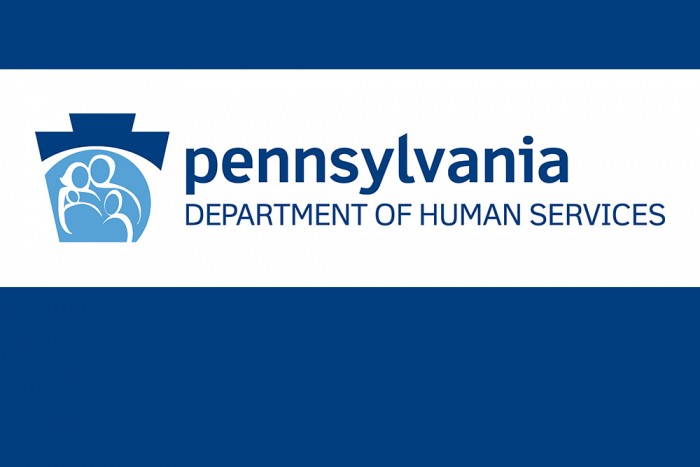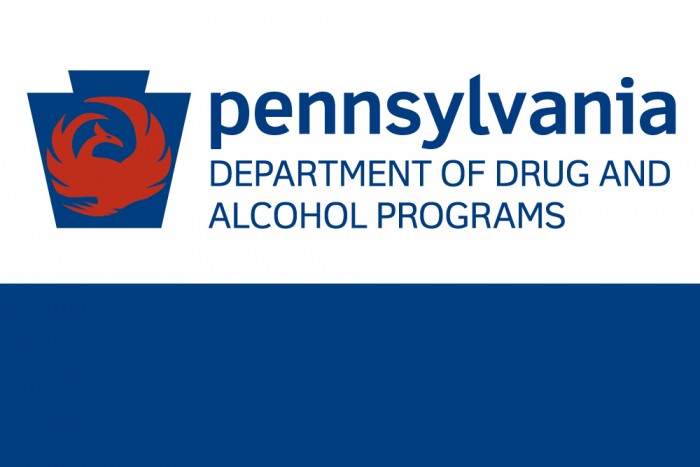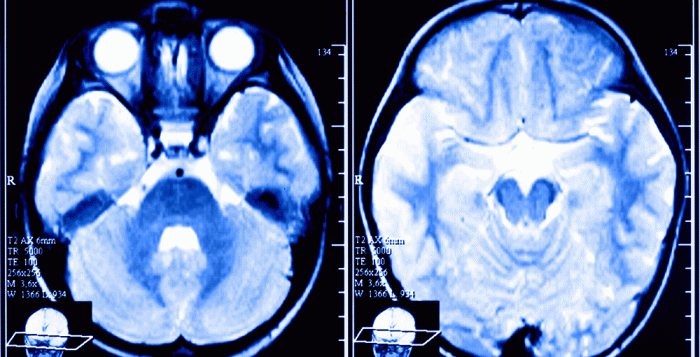The Department of Human Services (DHS) has released the report Recommendations for Improving Self-Direction in Community HealthChoices. The purpose of this report is to provide Community HealthChoices (CHC) stakeholders with identified barriers and recommendations to improve and increase the use of self-direction in CHC. View the report here.
Research
ADvancing States and the ARPA HCBS TA Collective Announce Release of Report Summarizing State Experiences With ARPA HCBS Initiatives
ADvancing States and the ARPA HCBS TA Collective Announce Release of Report Summarizing State Experiences with ARPA HCBS Initiatives
FOR IMMEDIATE RELEASE
April 23, 2024
CONTACT: Camille Dobson
202-898-2578
ARLINGTON, VA — ADvancing States and our partners in the American Rescue Plan Act (ARPA) home and community-based services (HCBS) Technical Assistance Collective (TA Collective) are proud to release a report sharing findings about states’ experience in implementing their ARPA HCBS initiatives. While the ARPA infusion of federal dollars into HCBS provided an historic opportunity to try bold, new approaches to supporting people in their homes and communities, states were challenged to make systemic improvements given the time-limited nature of the federal funds.
To gather insights into states’ experiences in implementing their ARPA HCBS spending plans, the TA Collective fielded a national survey in early 2024 that aimed to identify successful strategies used by states implementing their ARPA HCBS spending plans, as well as any barriers hindering their success. Based on responses to that survey, this report highlights the challenges and barriers states faced in thoughtfully executing their initiatives in the midst of a public health emergency. The thirty-three states that responded to the survey shared the top barriers to implementing their projects as planned. These barriers include:
- Delays in obtaining approval from CMS for both their spending plans and the necessary federal authorities to implement those plans;
- Lack of staff capacity to design and implement complex initiatives;
- The time it takes to complete state procurement processes to implement projects; and
- The need to secure legislative approval and/or budget authority before beginning work.
The report also suggests ways to make any future time-limited investments in the HCBS system more effective, including giving states more time to implement, easing the CMS approval process and providing resources to both states and CMS. Moreover, any future investments should be accompanied by a federal evaluation to glean insights into successful interventions that could be replicated across the country.
While this report highlights challenges and lessons learned, it should be noted that, against all odds, states created transformational change with their ARPA spending plan initiatives. Our hope is that this report — and the recommendations contained therein — serves as a roadmap for any future federal investment in the HCBS system.
This report is also informed by the TA Collective’s work supporting states with their ARPA initiative planning, implementation, and evaluation activities and by observations and analysis of state and federal ARPA HCBS activities. It builds upon the TA Collective’s past work including, Efforts to Evaluate the Impact of ARPA HCBS Investments, an issue brief examining state evaluation approaches, and a summary of the work of the HCBS Sustainability Summit, which provided valuable context on sustaining the HCBS commitment fostered by ARPA investments. Both reports can be found here.
We are grateful to The John A. Hartford Foundation, the Care for all with Respect and Equity (CARE) Fund, The SCAN Foundation, and the Milbank Memorial Fund for their support in making the work of the TA Collective possible.
Request for Research Assistance: Share Your Knowledge on Health and Human Services Managers
RCPA member Familylinks’s President and CEO Stacey Vaccaro is currently completing a study for her PhD regarding the characteristics of health and human services managers that make them stay in the industry. Members can assist Stacey by completing this questionnaire. The information obtained will help to shed light on whether or not some managers are truly “built” for this work. The questionnaire will take about 10 minutes to complete and will provide valuable insight to help us all better understand the managers in the industry.
Should you have questions, please contact Stacey directly about the study. You may also contact the faculty sponsor, Dr. J. Rosendale.
This project has been approved by the Indiana University of Pennsylvania Institutional Review Board for the Protection of Human Subjects (Phone 724-357-7730).
Eating Disorders in Autism: A Complex Connection
CapGrow Partners has shared in their blog that in a recent Psychology Today article, licensed psychotherapist Jennifer Gerlach examined the statistics and stereotypes regarding people with autism, as well as people with eating disorders. She describes how research indicates a greater prevalence of eating disorders in autism than is widely recognized. Read the article here.
Research Shows Hearing Test May Help Diagnose Autism In Newborns
DDAP Releases Results From Workforce Climate Survey
The Pennsylvania Department of Drug and Alcohol Programs (DDAP) recently conducted a comprehensive survey and listening session to assess the state’s substance use disorder (SUD) workforce. The Workforce Climate Survey results reveal a substantial workforce shortage, with 84% of the nearly 500 respondents citing it as a significant problem. The vacancy rate for SUD positions averaged 18%, with notable variations based on organization size and location. Larger, well-established non-profit organizations in metropolitan areas reported higher vacancy rates, and critical positions, such as counselors, nurses, entry-level professionals, and peer specialists, were particularly challenging to fill. Recruitment and retention issues were attributed to limited applicant pools and difficulties in offering competitive compensation.
The survey participants offered recommendations for both short and long-term solutions. These recommendations included increasing reimbursement rates, reducing education and experience requirements, alleviating paperwork burdens, and expanding student loan forgiveness and tuition reimbursement programs. In response to these findings, DDAP plans to use the survey data to inform its state plan, regulatory reform, and the allocation of opioid settlement funding. The department’s future efforts will focus on increasing the supply of addiction professionals, leveraging technology, addressing workforce distribution across the state, and enhancing workforce resilience to support Pennsylvania’s SUD workforce better and mitigate the ongoing overdose crisis.
Study Links Screen Time To Developmental Delay

A Tiny Bit of Electricity Can Help Some People With a Traumatic Brain Injury
AI-Guided Brain Stimulation Aids Memory in Traumatic Brain Injury
Study: Telehealth May Help Reduce Fatal Overdoses






